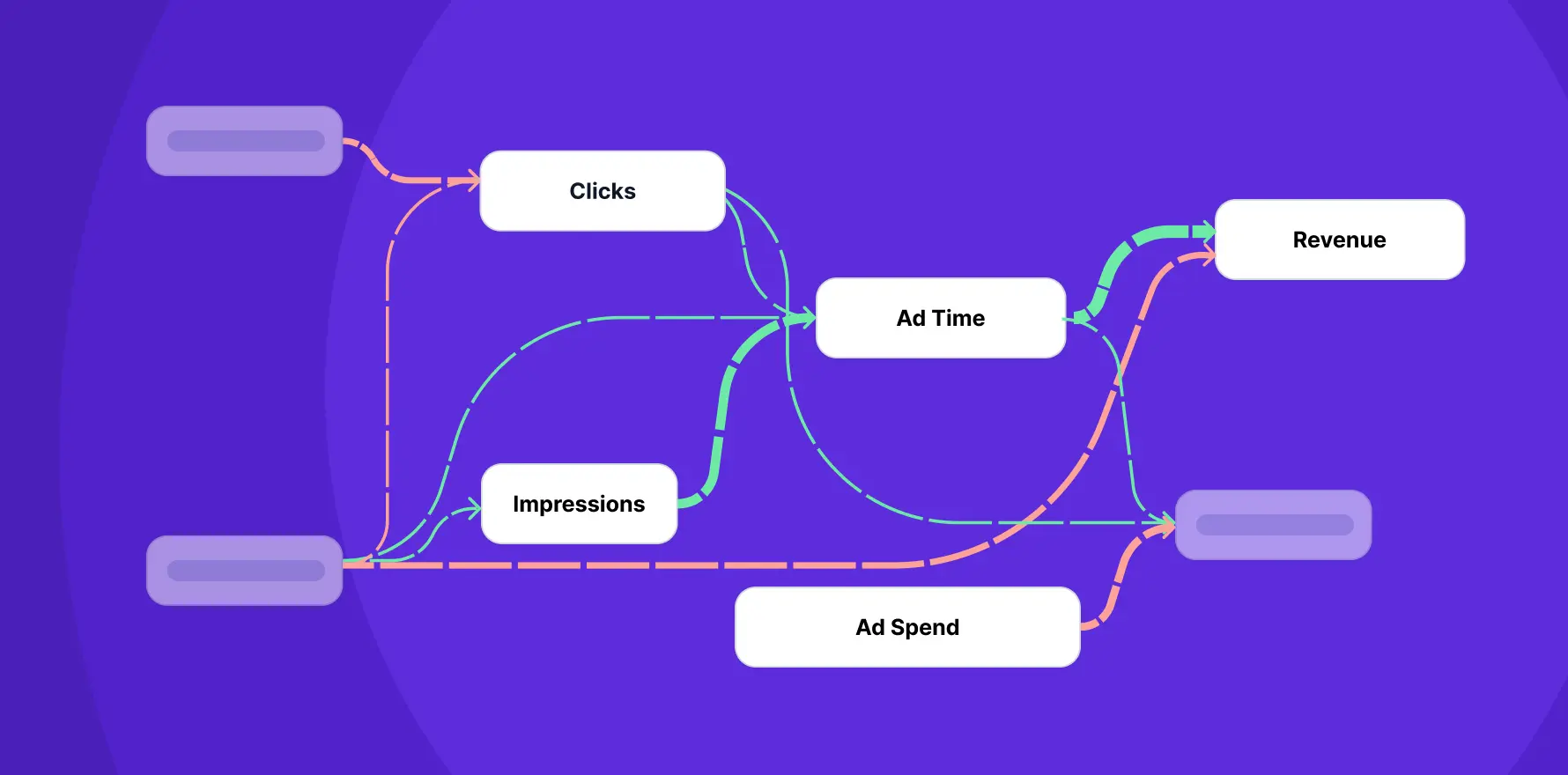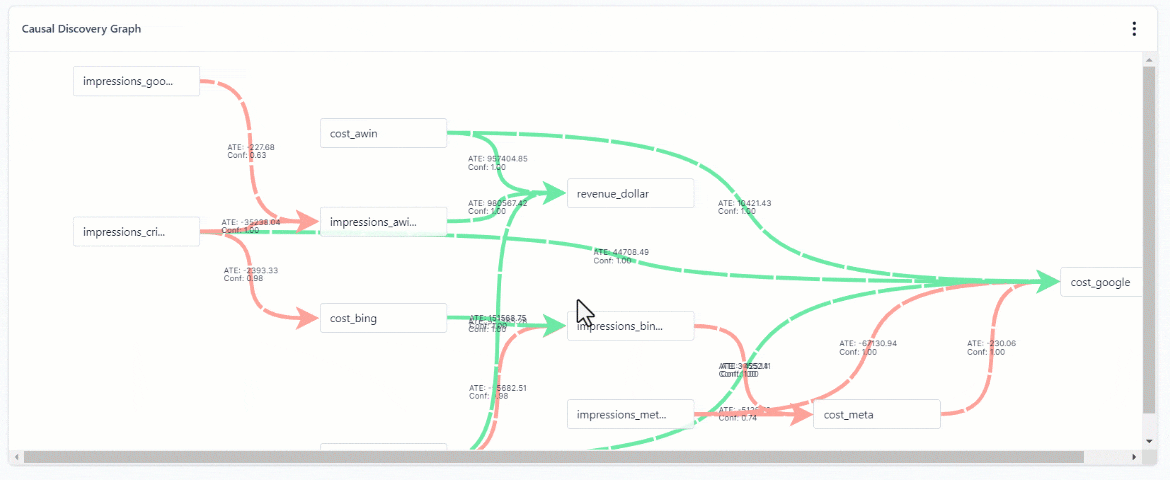Sometimes, outcomes have more going on behind them than we initially see. In the realm of marketing, determining the effectiveness of our strategies versus attributing successes to mere luck is essential. Lifesight’s Causal Inference comes in as a game-changer, helping marketers cut through the clutter of data to understand the real reasons behind their results.
Lifesight Causal Inference utilizes observational data with Causal AI techniques to move us past the usual number-crunching, giving us clear insights into what’s actually causing our outcomes, and addressing the critical need for marketers to distinguish between mere correlations and genuine causality in their strategies.
Understanding the power of Causal Inference
Causal Inference cuts through the clutter of traditional analytics, providing clear, evidence-based answers to critical marketing questions. With Causal AI at its core, it brings a new level of clarity and reliability to decision-making by:
- Ensuring outcomes are easily understood right from the start, thanks to its inherent explainability. This means marketers can see exactly why and how their actions lead to specific results.
- Allowing for the integration of historical business knowledge directly into the data analysis process, creating models that are not only precise but also highly adaptable to various scenarios.
- Moving beyond mere predictions to enable a deeper exploration of the cause-and-effect relationships, thereby enhancing strategic decision-making.
Lifesight’s approach to Causal Inference
Lifesight simplifies Causal Inference into a streamlined three-step process:
- Data collection and integration: Begins by gathering relevant data and merging it with business insights. This crucial first step grounds the analysis in real-world context and data patterns.
- Causal analysis works in two phases:
- Discovery: Uses observational data to uncover causal links, visualized through a directed acyclic graph (DAG). Lifesight’s DECI framework applies a mix of algorithms to craft a graph that reflects both data and theoretical assumptions, pinpointing the true causal connections.
- Estimation: With the causal relationships mapped, the next phase quantifies their effects. Using the DAG, Lifesight estimates the average impact of different actions or treatments, providing a clear view of their effectiveness.
- Insightful Reporting: The final step presents the findings, focusing on the average effects of actions to inform strategic decisions. This approach not only identifies but also measures the impact of various strategies, offering actionable insights.
By condensing causal discovery and estimation into a coherent workflow, Lifesight delivers precise causal insights, enabling businesses to make decisions grounded in a detailed understanding of how their actions influence outcomes.
Transforming insights into quick actions
Causal Inference streamlines decision-making, reducing risk by clarifying cause-and-effect, enhancing efficiency without the need for costly experiments, and deepening insights with explorative “what if” scenarios:
- Optimized budget allocation: Determine the most effective way to distribute marketing spend across channels for maximum ROI.
- Channel mix identification: Identify which aspects of a campaign are driving desired outcomes and adjust strategies accordingly.
- Strategic planning: Use causal insights to plan future marketing efforts, ensuring that strategies are both innovative and grounded in data that predicts success.
The path forward
Lifesight’s Causal Inference is designed to be user-friendly, integrating seamlessly with existing marketing measurement tools. Starting with the critical inputs of data and business knowledge, marketers can easily create models by uploading data, setting parameters, and letting the system uncover the causal relationships that matter most to their business objectives.











